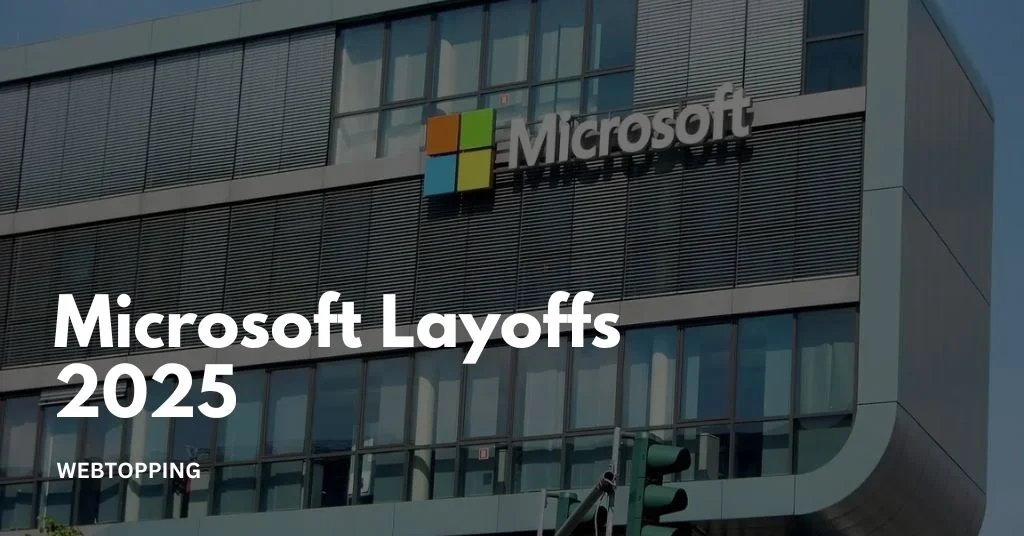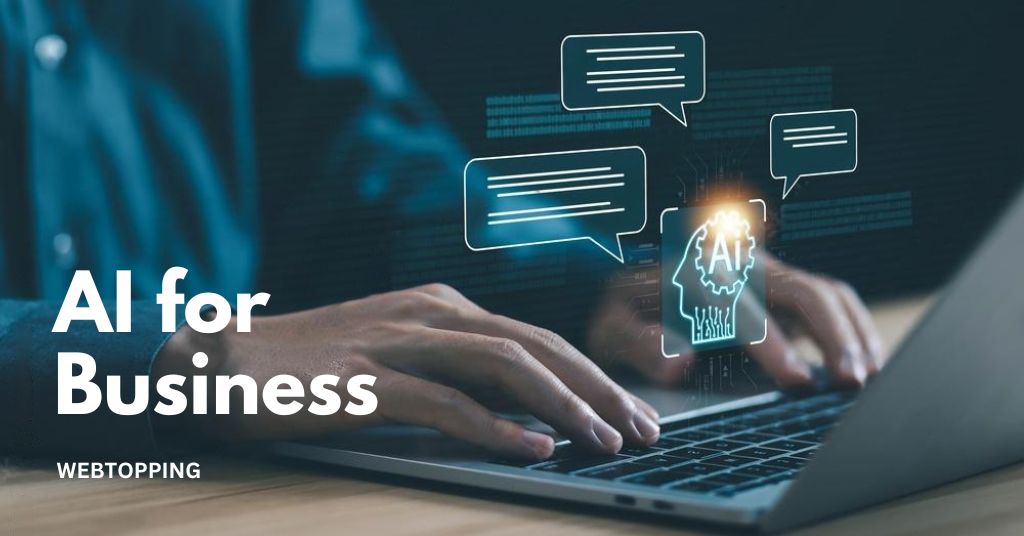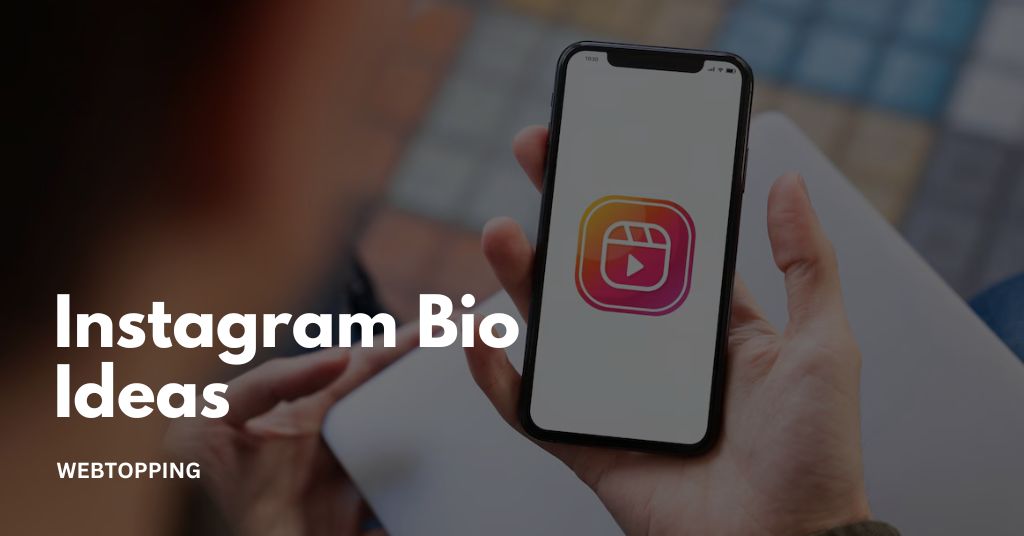
In 2025, Microsoft is making headlines with a significant wave of layoffs that is reshaping the company’s workforce. As one of the largest tech giants in the world, these changes have sparked concern and curiosity among employees, investors, and the tech industry as a whole.
From streamlining operations to adjusting business strategies, Microsoft’s decision to reduce its workforce will have far-reaching implications. In this post, we’ll explore the reasons behind the layoffs, the departments affected, and what it means for the company and its employees’ future.
Whether you’re a Microsoft employee, tech professional, or simply a curious observer, here’s everything you need to know about the 2025 Microsoft layoffs. Let’s continue reading!
Why Is Microsoft Laying Off Employees in 2025?
Microsoft’s decision to lay off approximately 7,000 employees in 2025, about 3% of its global workforce, stems from a strategic shift toward artificial intelligence (AI) and automation, alongside efforts to streamline operations and reduce costs.
Key Factors Behind the Layoffs:
- Strategic Investment in AI: Despite strong financial performance, including a quarterly revenue of $70.07 billion, Microsoft is reallocating resources to bolster its AI capabilities. This includes significant investments, such as up to $80 billion in AI infrastructure for fiscal year 2025, and partnerships like the one with Openai to develop tools like Copilot.
- Flattening Management Structures: The company aims to increase operational efficiency by reducing layers of management. By expanding each manager’s span of control, Microsoft seeks to streamline decision-making processes and enhance agility.
- Automation and Role Redundancy: The integration of AI and automation technologies has led to the redundancy of certain roles, particularly in areas like HR, compliance, and customer success. This shift reflects a broader industry trend where automation supplants tasks previously handled by humans.
- Global Workforce Realignment: The layoffs are not confined to a specific region or department; they span various divisions, including LinkedIn and Xbox, and affect employees worldwide. Notably, even high-ranking positions, such as the Director of AI for Startups, Gabriela de Queiroz, were impacted, underscoring the comprehensive nature of the restructuring.
Which Departments Are Most Affected?
Microsoft’s layoffs have significantly impacted several key departments, notably LinkedIn, the Azure Cloud & AI division, and various engineering teams. These reductions are part of a strategic realignment focusing on artificial intelligence (AI) and automation, aimed at enhancing operational efficiency and reallocating resources to high-growth areas.
LinkedIn, a subsidiary of Microsoft, has laid off around 200 employees, primarily from its engineering and customer support teams. This move aligns with Microsoft’s broader initiative to integrate AI technologies across its platforms, leading to restructuring within LinkedIn to better support AI-driven features and services.
Azure Cloud & AI Division
The Azure Cloud & AI division has experienced substantial layoffs, particularly within the Azure for Operators and Mission Engineering teams. These teams, part of the Strategic Missions and Technologies organization, focus on advanced projects like quantum computing and space technologies. Reports indicate that up to 1,500 positions have been affected in this division.
Engineering Teams
Engineering teams across various Microsoft departments have also faced layoffs. Notably, the mixed reality division, responsible for the HoloLens 2 augmented reality headset, has seen significant reductions. Despite the cuts, Microsoft has stated its commitment to supporting existing HoloLens customers and partners.
Impact on the Tech Industry
This recent Microsoft’s layoffs involve approximately 6,000 employees (around 3% of its global workforce), are part of a broader trend among major tech companies like Google, Meta, and Amazon. These companies are restructuring to prioritize artificial intelligence (AI) and automation, aiming to streamline operations and reallocate resources to high-growth areas. These layoffs underscore a significant shift in business models and technological adoption, notably AI, that are reshaping employment trends across global economies.
A Comparative Overview of Industry-Wide Layoffs:
In 2025, the tech industry has seen significant workforce reductions:
- Microsoft: Approximately 6,000 jobs cut, focusing on flattening management layers and investing heavily in AI infrastructure, with plans to spend $80 billion in fiscal year 2025.
- Google: Hundreds of employees laid off in its global business unit, reflecting a strategic shift towards AI development.
- Meta: Continued layoffs as part of cost-cutting and strategic restructuring efforts, emphasizing performance-related cuts and AI integration.
- Amazon: Job cuts in certain divisions, aligning with the industry’s focus on AI and automation to boost efficiency.
- SAP: SAP layoffs have also made headlines, with the company undergoing a restructuring to refocus on cloud services and AI technologies
Analysts suggest that these companies are managing margin pressures by balancing high capital expenditures with workforce reductions, aiming to optimize operations for future growth.
Broader Implications for the Tech Industry
The simultaneous layoffs across major tech firms highlight a collective pivot towards AI and automation. Companies are not only investing in AI infrastructure but also restructuring their workforces to align with new technological priorities. This trend reflects a broader transformation within the tech industry, where efficiency and emerging technologies increasingly dictate employment and business strategies.
While these changes aim to position companies for long-term success, they also raise questions about the future of employment in the tech sector, particularly concerning the roles of middle management and non-technical staff. As AI continues to evolve, the industry may witness further shifts in workforce dynamics and organizational structures.
What This Means for Job Seekers and Tech Professionals
The 2025 Microsoft layoffs, part of a broader shift toward AI and automation, have significant implications for job seekers and tech professionals. Here’s what you need to know:
Will the hiring freeze continue?
Microsoft’s recent layoffs, affecting approximately 7,000 employees (about 3% of its global workforce), are part of a strategic move to streamline operations and invest heavily in AI technologies. While the company has not officially announced a hiring freeze, the focus on AI and automation suggests a more selective hiring approach, prioritizing roles that align with these areas.
In India, however, Microsoft has taken a different stance. The company has announced plans to invest $3 billion to enhance its cloud and AI infrastructure in the country, indicating potential growth and hiring opportunities in these sectors.
Career Transition Tips
Navigating the evolving tech landscape requires adaptability and proactive strategies. For those exploring careers at Microsoft, staying ahead of industry shifts can open up new and exciting opportunities. Here are some actionable tips:
1. Upskill in High-Demand Areas
Focus on acquiring skills in AI, machine learning, cloud computing, and cybersecurity. Platforms like Coursera, Udemy, and LinkedIn Learning offer courses to help you stay competitive.
2. Enhance Your Personal Brand
Maintain an active LinkedIn profile, share industry insights, and engage with professional communities. Building a strong online presence can increase visibility to potential employers. This is especially important when pursuing a Microsoft career, where digital engagement and expertise are highly valued.
3. Document Your Achievements
Keep a record of your accomplishments, including quantifiable outcomes like cost savings or efficiency improvements. This documentation can be invaluable during performance reviews or job interviews.
4. Expand Your Network
Attend industry events, webinars, and workshops to connect with professionals in your field. Networking can lead to new opportunities and provide support during career transitions.
5. Consider Alternative Career Paths
Explore opportunities in freelancing, consulting, or entrepreneurship. These paths can offer flexibility and allow you to leverage your expertise in new ways.
Microsoft’s Layoff History: A Look Back
Microsoft has a history of workforce reductions tied to strategic shifts and market conditions. Here’s a quick look at some of the company’s most notable layoffs in the past decade:
2014 – Nokia Acquisition Fallout
- Layoffs: Approximately 18,000 employees let go.
- Reason: After acquiring Nokia’s Devices and Services unit in 2013, Microsoft underwent a major restructuring.
- Impact: This marked the largest layoff in Microsoft’s history, with the majority of cuts coming from the newly acquired Nokia division. It was part of CEO Satya Nadella’s efforts to shift focus away from hardware and streamline operations. The decision reflected broader trends, as Microsoft laid off thousands to realign with its evolving strategic goals.
2020 – COVID-19 Pandemic Adjustments
- Layoffs: Estimated 1,000+ employees affected.
- Reason: Though not officially labeled as mass layoffs, Microsoft trimmed roles across various departments amid the uncertainty brought on by the COVID-19 pandemic.
- Impact: Job cuts affected cloud, AI, and conversational AI teams, reflecting a re-prioritization of business areas during global disruptions.
2023 – Pre-AI Boom Restructuring
- Layoffs: Around 10,000 jobs eliminated (about 5% of the workforce at the time).
- Reason: Aimed at cost-cutting during economic headwinds and preparing for a pivot toward AI and cloud services.
- Impact: This round of layoffs came as tech companies across the board responded to post-pandemic slowdowns and prepared for long-term investment in emerging technologies like artificial intelligence.
Conclusion: The Bigger Picture of AI and the Future of Work
As AI continues to reshape industries, it’s clear that the future of work will demand a new blend of technical skills, adaptability, and lifelong learning. While workforce reductions like those recently seen at Microsoft raise concerns, they also highlight the company’s commitment to evolving with the times. Events such as the Microsoft annual conference offer a glimpse into how innovation is being prioritized across all areas of the business.
Additionally, initiatives like the Microsoft Innovation and Policy Center demonstrate the company’s investment in responsible AI development and policy shaping. In the bigger picture, embracing AI not only transforms business operations but also redefines how we prepare for and engage in the workforce of tomorrow.
Want to stay in the loop with the latest in tech, AI, and workplace trends? We’ve got you covered. Stick with Webtooping for smart insights, breaking news, and everything you need to navigate the future of tech with confidence.





